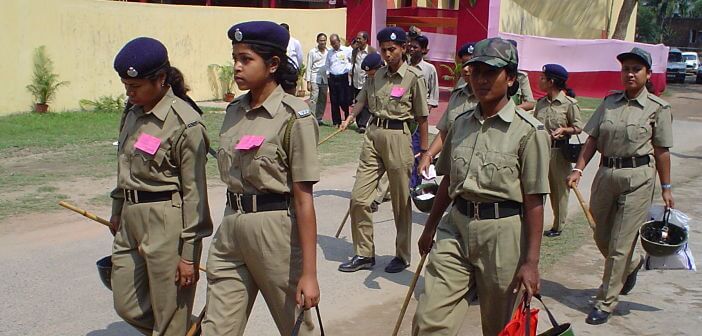[Readmelater]
Why Gender Crimes Need Exclusive Not Segregated Handling By Police: Studies

Image Source: Factly.in
Support BehanBox
We believe everyone deserves equal access to accurate news. Support from our readers enables us to keep our journalism open and free for everyone, all over the world.




